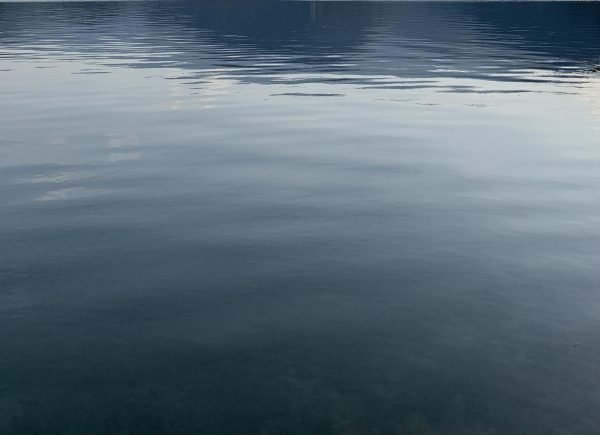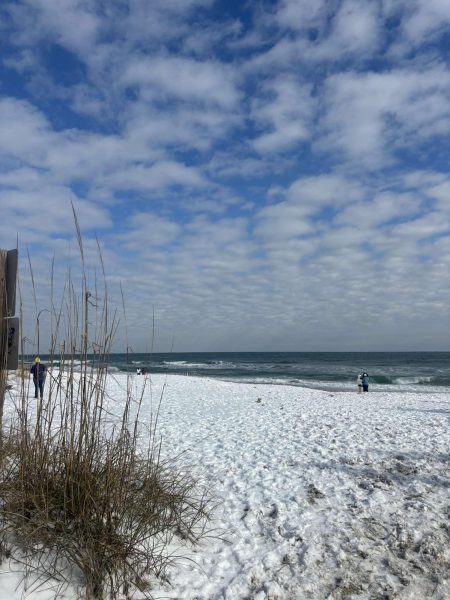New North Carolina artifacts unearthed in search for the Lost Colony of Roanoke
BERTIE COUNTY, N.C. – On a tract of land along the banks of the Albemarle Sound lies a site containing new artifacts that may relate to the Lost Colony of Roanoke Island.
Dubbed “Site X” by local officials and archaeologists, the land stretches for 1,000 acres between Albemarle Sound and the local Salmon Creek, 56 miles west of Roanoke Island. Development in the area is scarce, save for a sage harvesting facility and gated community just across the creek.
North Carolina Coastal Land Trust purchased 994 acres of the Salmon Creek site back in August, aiming to preserve the land for its significance.
“This is the most ambitious and exciting project in the Coastal Land Trust’s history,” said Camilla Herlevich, executive director of the Coastal Land Trust, in a press release describing the land acquisition.
The 994 acres features three-and-a-half miles of frontage along Salmon Creek, floodplain forests, of cypress-gum swamp, tidal freshwater marshes and bottomland hardwood forests.
The land was purchased by NC Coastal Land Trust to be protected for its significance to culture, history, nature and archaeology.
NC Coastal Land Trust is now raising funds to repay the loan they obtained to purchase the land. Once that is complete, the land will be transferred to the North Carolina Division of Parks and Recreation to be managed as the Salmon Creek State Natural Area.
Site X’s relation to Roanoke Island traces back years, as does the mystery of the colonists.
Established in 1585, the Roanoke Colony was constructed on the northern end of Roanoke Island, in present day Dare County, North Carolina. In 1590, Sir Walter Raleigh returned to the colony—after leaving in 1587 for supplies in England—to find the settlement abandoned. Only the word “Croatoan” was found, carved into a nearby tree.
The mystery of the Lost Colony has intrigued later American colonists, European powers, scholars and history enthusiasts from around the U.S. for centuries.
What had happened to the colonists is still unknown, 427 years later. But speculation has drifted to sites in North Carolina where old artifacts have been found.
English pottery and Indian artifacts have both been found in the area of Site X, but no confirmation has been given whether the items belonged to the actual Roanoke colonists.
However, a possible conflict may exist between Site X and Hatteras Island, roughly 85 miles to the southeast, part of North Carolina’s Outer Banks.
In the past, artifacts have been unearthed at a site known as Cape Creek, on Hatteras Island, the historical home of the Croatoan tribe. With recent discoveries also being made in Bertie County at Site X, the two sites pose a mystery as to which housed the colonists.
But perhaps neither took in the lost colonists? Dr. Charles Ewen, Director of the Phelps Archaeology Laboratory at East Carolina University, weighed in regarding the two sites and their historical relation to the Atlantic Gulf Stream.
“The Gulf Stream, which was the highway of the Atlantic, goes right up the Carolina coast, allowing ample opportunity for unrecorded contact via provisioning stops or shipwrecks.” Ewen said.
“That is why a handful of 16th/17th century pottery [at Site X] or a few metal artifacts that might have dated to the 16th century but were deposited in a 17th century context [at Cape Creek], do not make for a compelling case for Lost Colonist survival.”
Site X, while significant to local culture and natural beauty in Bertie County, doesn’t seem to hold concrete evidence yet of its definite housing of the Lost Colony.
According to Dr. Ewen, searching for more clues seems essential to learning about our early American history.
“Could some of the Lost Colonists have ended up at either or both of these sites? Sure. Should more excavations continue at these sites? Absolutely. The important thing is that we are learning about this little known period in our history. If it takes a quest for the Lost Colony to make that happen, then that’s the price we can pay.”












